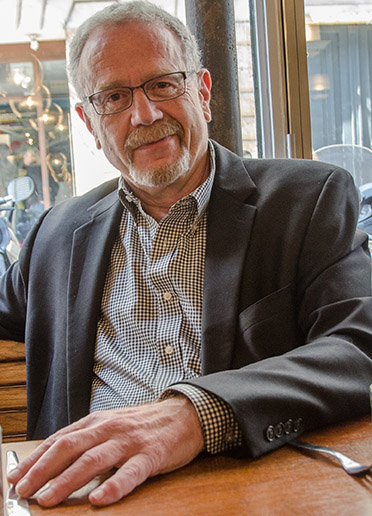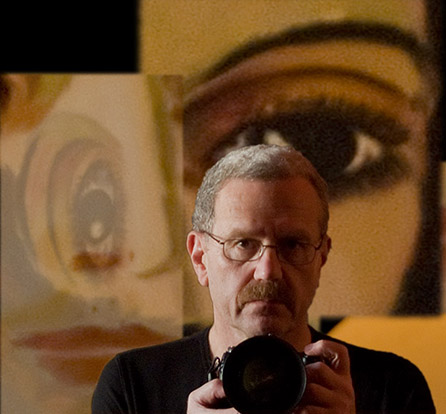I took a few days off from the Rivesaltes book to work on a photography webinar for a medical laser company, which brought me back into the world of cosmetic medicine.
When I returned from France about 18 months ago, I thought I’d be fine if I could pick up a couple days of work per month from the medical device companies I knew before I left. Didn’t happen, rien, nothing. I built a website dedicated to this specialty and got active on LinkedIn trying to rebuild relationships. Nope.
So I got serious about writing and didn’t think much about photography, even spent a few weeks in Paris and, while I did write a journal, I wound up taking more pictures with my iPhone than my camera. When I got back, I decided to take down the medical photo web site and re-start my blog. The same week, I got three calls about medical photo jobs. Probably just a coincidence.
But it feels like when I was a full-time freelance photographer and business was slow, I used to think all my clients were in a conspiracy to torture me, until they decided I had suffered enough and then they all called at once.
So it’s nice to have a few things to juggle, leaves me less time to worry, and hardly any time at all to beat myself up over things I can’t control. I’m back to work on the Rivesaltes book and researching the plight of the Harkis, those Algerians who chose to fight for France in their country’s war of independence.
More about that in future posts, but I want to return to Robert Capa. Actually this is more about Hemingway. I’ve been reading his last novel, The Garden of Eden, and was discussing it yesterday with Dave Sumner. It’s atypical Hemingway for sure and very surprising in that he deals, in very mannered and sometimes abstract prose with his own bisexuality. David and Catherine Bourne, who cut and dye their hair in the same way, tan their bodies to mahogany, trade sexual roles and make love to an openly bisexual woman can be seen as two sides of the same person. Or not. Perhaps they’re Scott and Zelda or Hemingway and one of his wives. It will never be known and doesn’t really matter.
What struck me as most un-Hemingway of all is David’s passive reaction when Catherine burns the stories he’s been writing throughout the novel. It’s an extremely violent act that I thought would beget a violent reaction. Not at all. He just drifts off with Marita, the other woman.
The novel was unfinished, then severely edited and published posthumously.
My friend Dave suggested that Hemingway like Capa may have constructed an image of himself and then felt compelled to live up to it; Capa became the fearless and carefree combat photographer, Hemingway: the macho, brawling, hunter-warrior.
They were good friends, and while I doubt either one was subject to confessional revelations in their conversations, it would have been interesting to be there, to watch and listen to these two master actors.
Any Hemingway scholars out there? Please add a comment.


